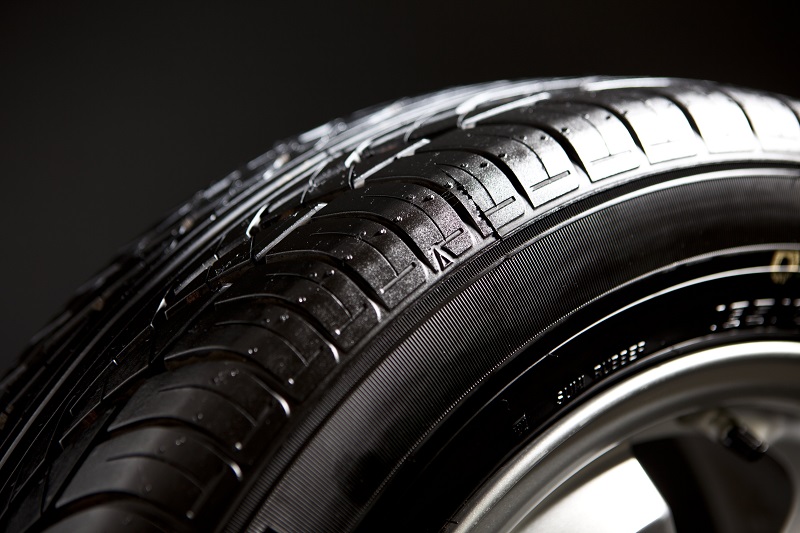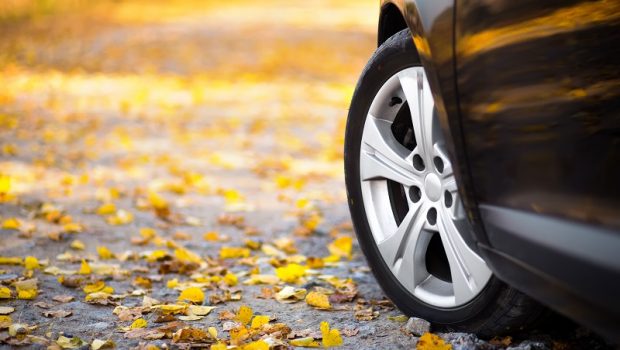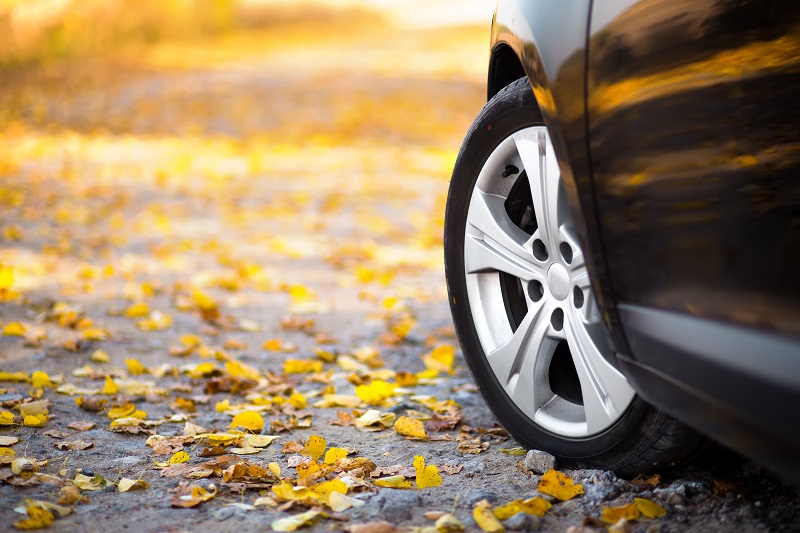Major Advantages of Labelling Tyres in Saving Lives
In all the countries of European Union, a tyre should be labelled by the manufacturing company, which needs to be checked by the customer at the time of purchasing the tyre. This label can inform about the quality of the tyre and its strengths, so that the customer finds it easier to differentiate one tyre from another. Moreover, there are a number of benefits of labelling the tyres, for which EU countries have made it a rule to label every tyre, when it starts rolling on the road. Hence, the customer should ensure the presence of the required label on his purchased tyre. If the tyre is not labelled, ask the dealer about it and get it labelled immediately.
Prominent categories denoted by the labels on the tyres
- The fuel consumption of a vehicle largely depends on the quality of the tyres and the rolling resistance created between a tyre surface and the surface of the road. Hence, a good quality can save up to 20% of the fuel and help the car owner in saving a large amount of money otherwise would be spent on buying fuel for his vehicle. Moreover, the carbon emission of the vehicle is also reduced largely, due to lesser fuel consumption by the car. This quality of fuel efficiency is mentioned on the label of the tyre. It is coded as alphabets ‘A’ to ‘G’ and specific colour for each code. For example, the best fuel-efficient tyre is rated as ‘A’ with green colour, while the least fuel efficient one is rated as ‘G’ with colour red on the label of the tyre.
- Everyone wants to drive their car safely over the wet roads in rainy seasons and even on the mud-filled tracks. The quality of the tyre to get wet grip is conveyed by the ratings provided by its manufacturer company. Generally, the ratings are given from ‘A’ to ‘F’, where the highest rating is shown as ‘A’ and the lowest rating is provided as ‘F’. This wet gripping quality is essential to avoid skidding of the cars over the water-filled roads during the monsoons. Thus, save the life of the passengers from road accidents. The special patterns on the tyre surface help in removing the water from the road surface, at the point where the tyre is touching the road. The satisfactory wet grip also makes the brake distance shorter over wet roads, enabling to avoid clash with anything coming suddenly in front of the car.

- Sometimes, the cars make a lot of noise while running down the streets. The main source of this kind of noise is the friction of the tyre with the road surface, which is denoted by the presence of black waves on the label of the tyre. Usually, 1 black wave means the least noisy tyre of less than 3 dB, 2 black waves refers to moderately noisy tyre with sound pollution between 3dB and the European limit; while 3 black waves means the noisiest tyre causing sound pollution above European limit. As no one wants such noisy tyres, the ones with 3 black waves are hardly chosen by any car owner.
Therefore, every car owner wants to buy the tyre with the best ratings in all categories, to achieve financial gains, avoid dangers of accidents, and stop noise pollution. Thus, it is better to check the label stuck on the tyre of any branded company, to purchase the best product within the budget of the car owner. Many people are ready to buy the best tyre even at high price, judging the quality from the label of the tyre.
Author Bio:
I am Emma Smith, an experienced and professional blogger. Here you can see my skills which give you small ideas on understanding all the thoughts with different themes. I love to write the blog on various topics, like home improvement, business, automotive, law etc. Follow me on Facebook and Twitter.










![Top Programming Languages for Smartphone App Development [Infographic]](https://technofaq.org/wp-content/uploads/2017/01/top-programming-language-infographic-150x150.jpg)





